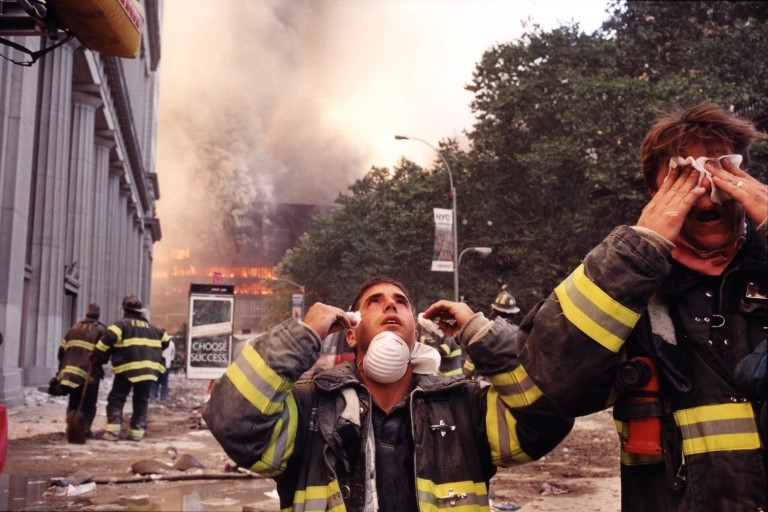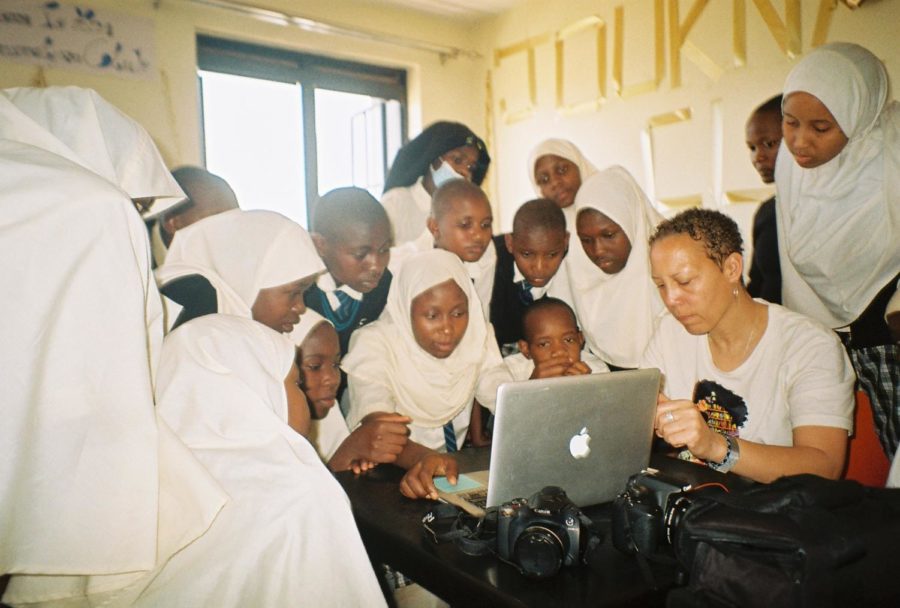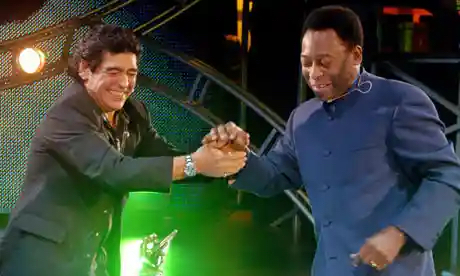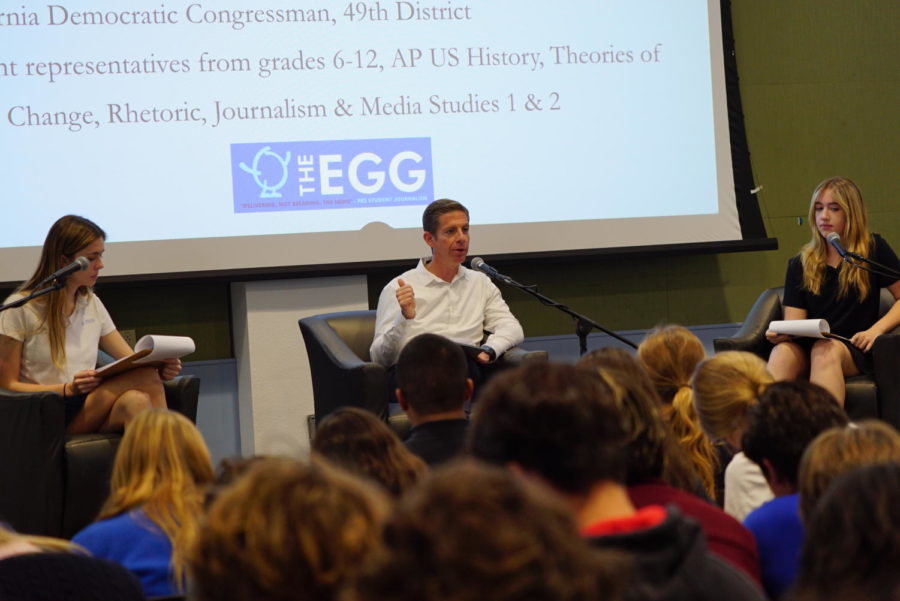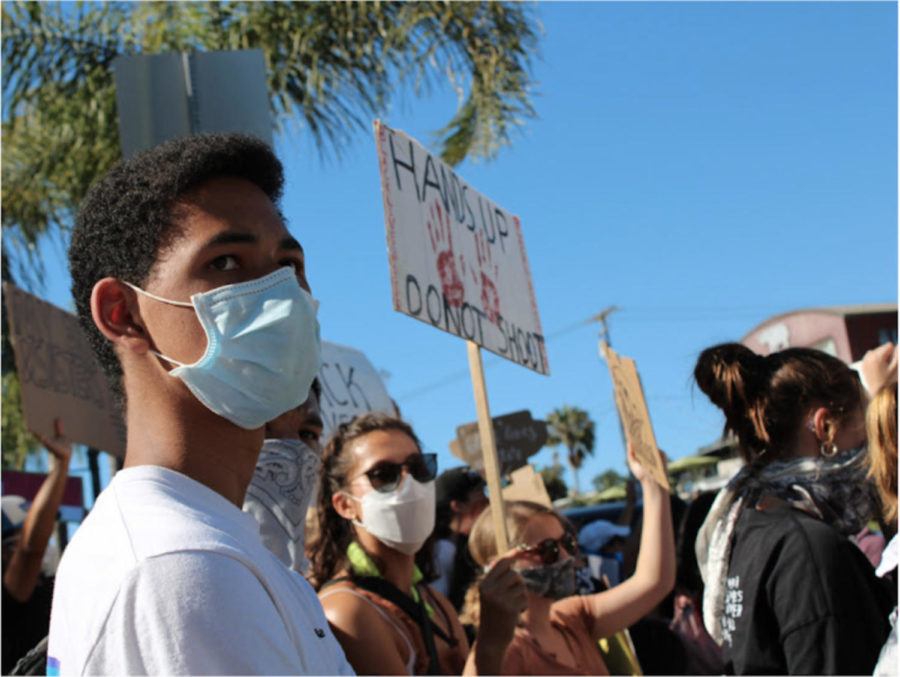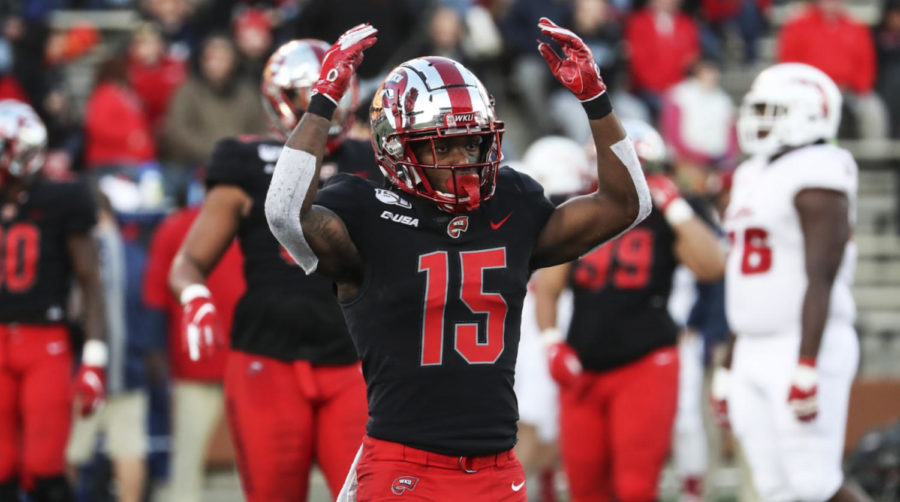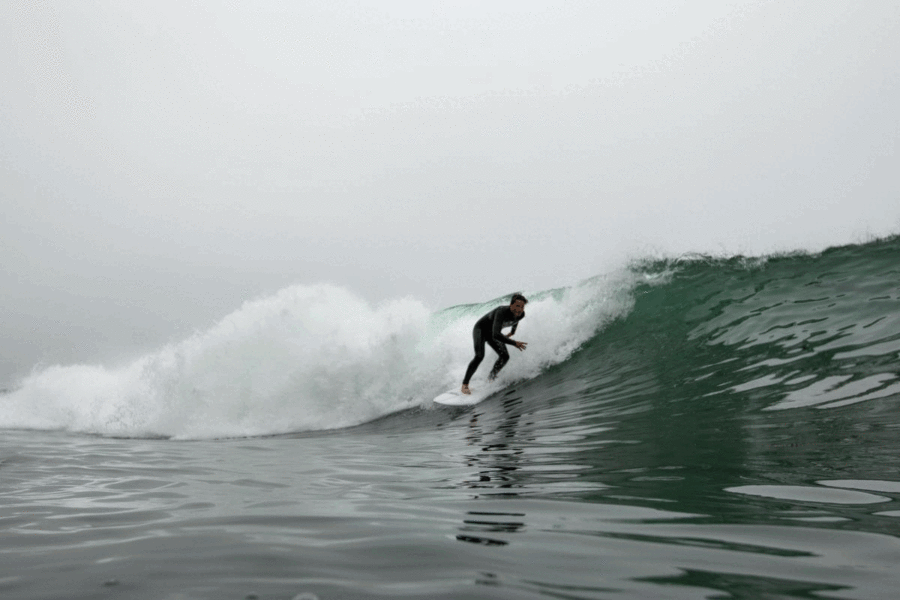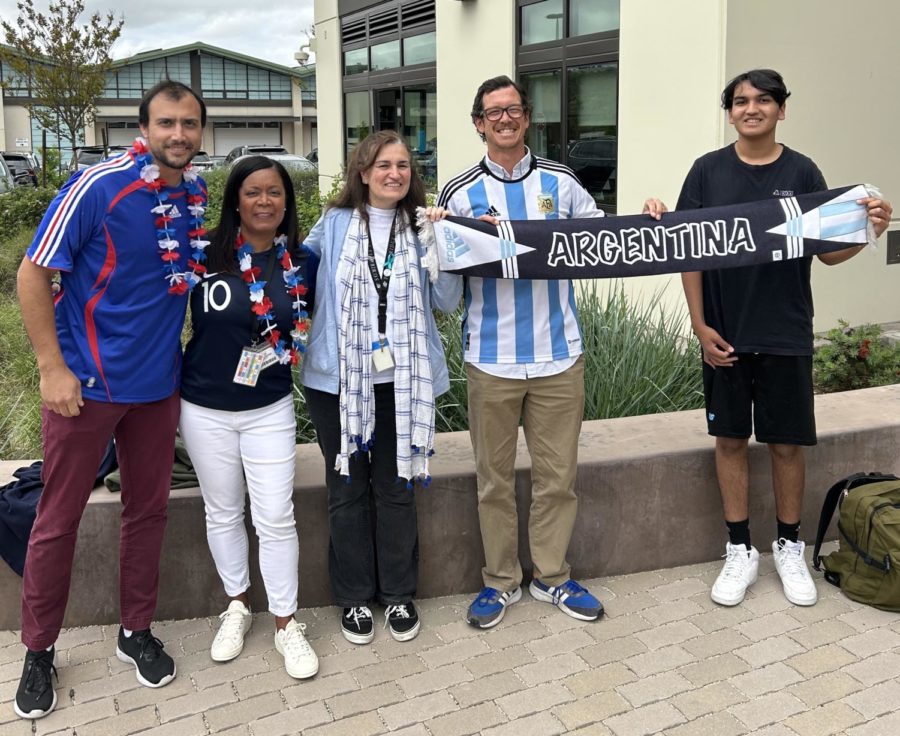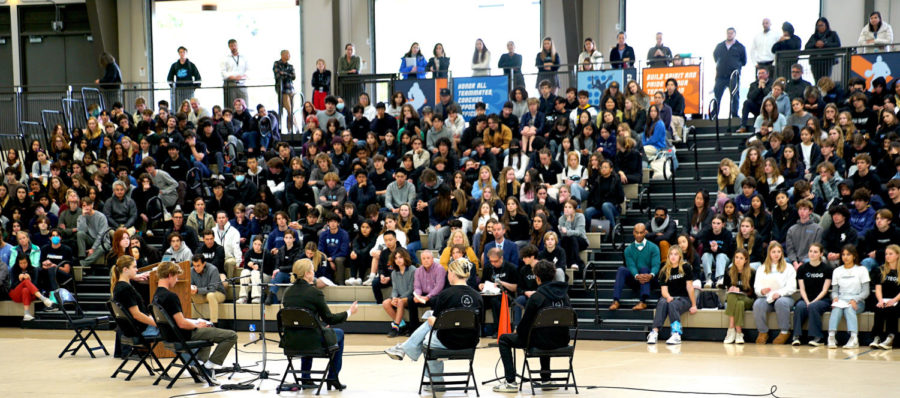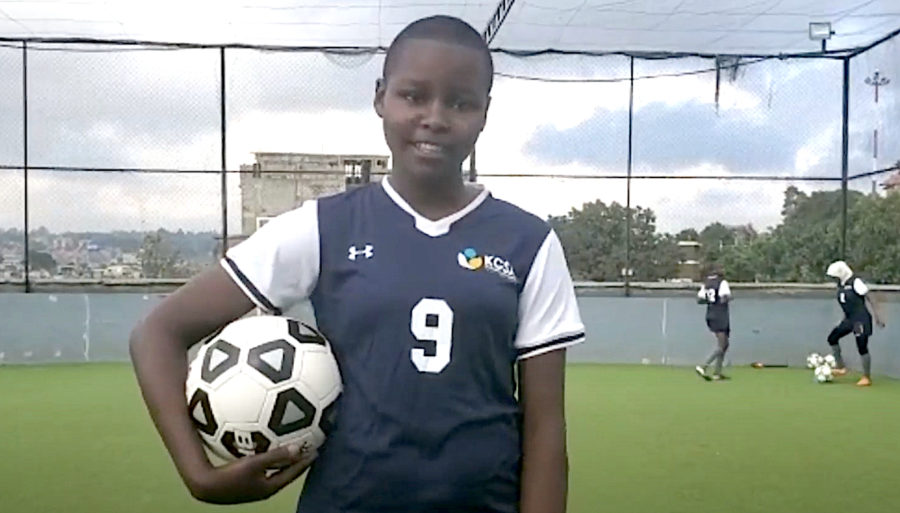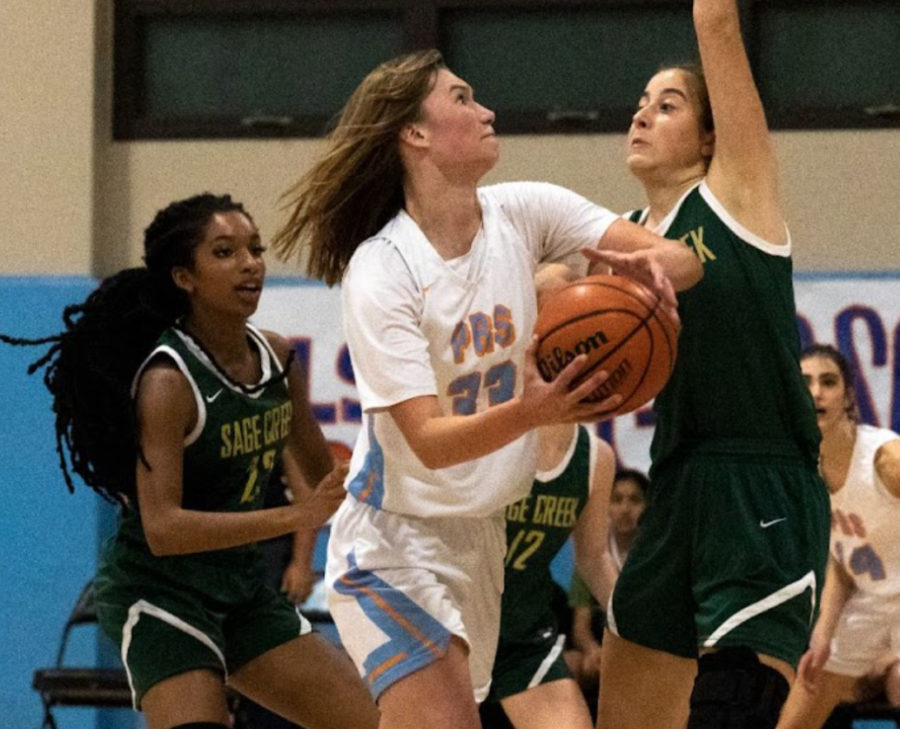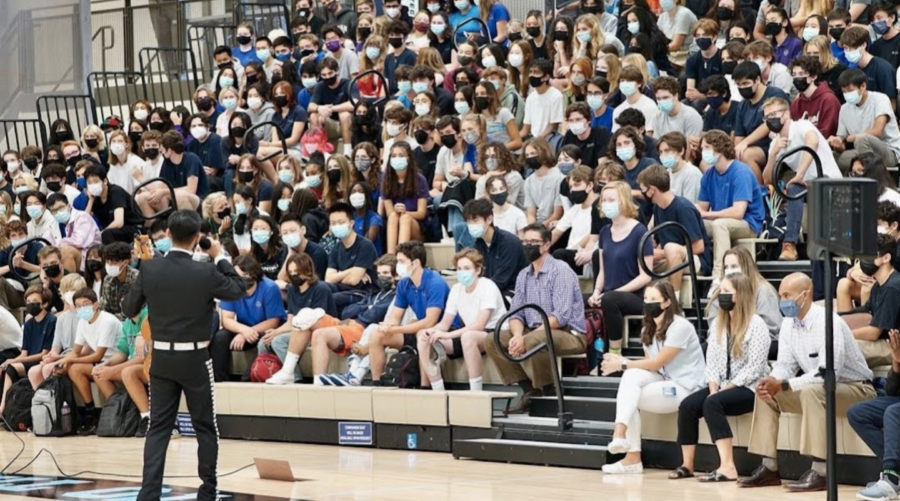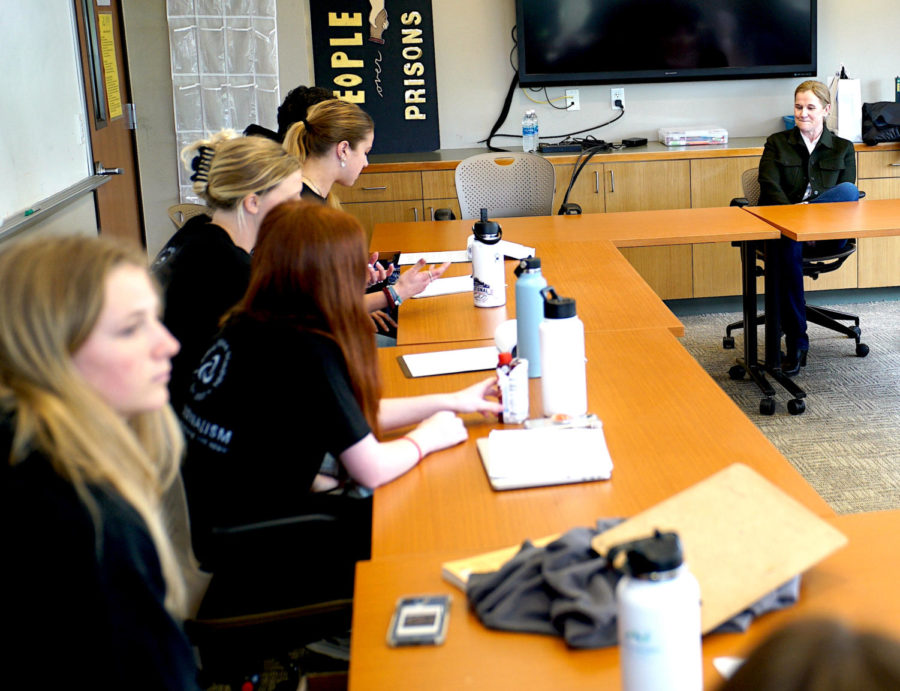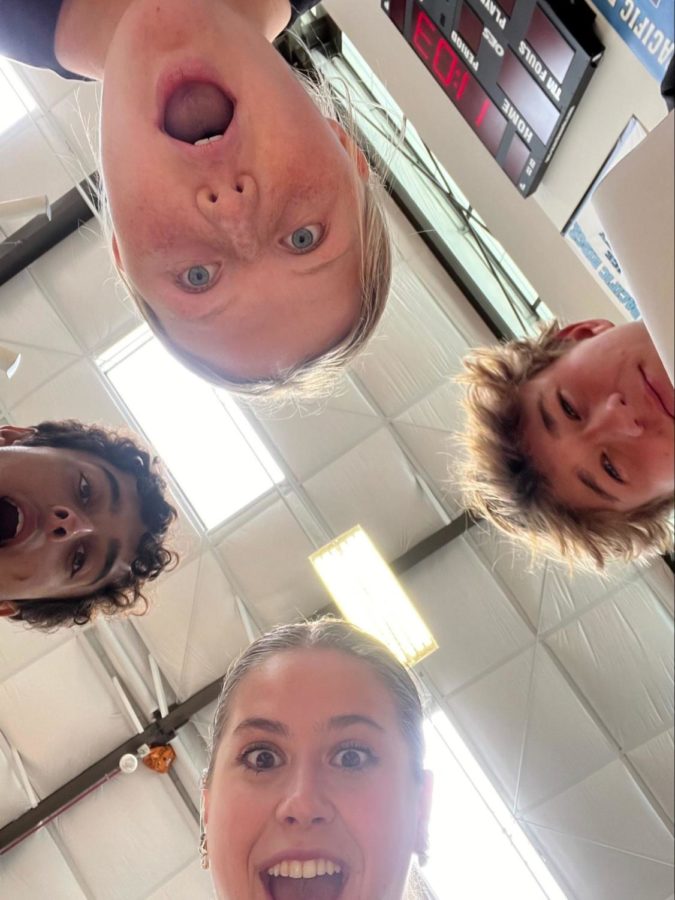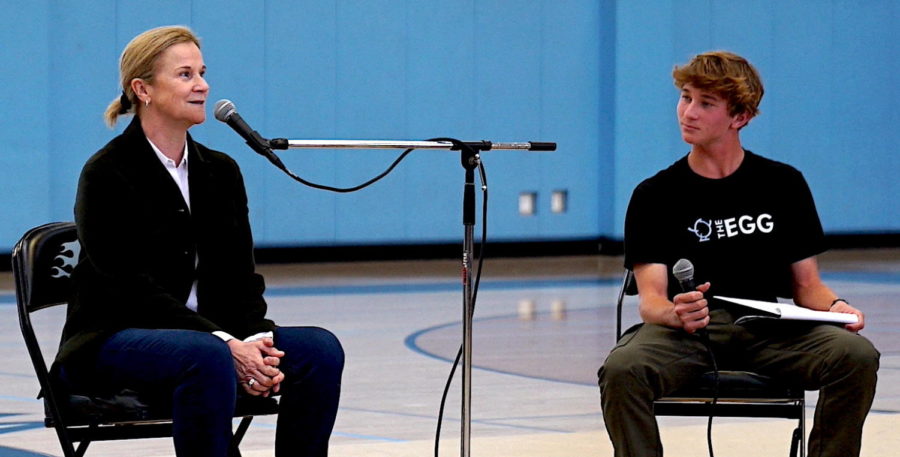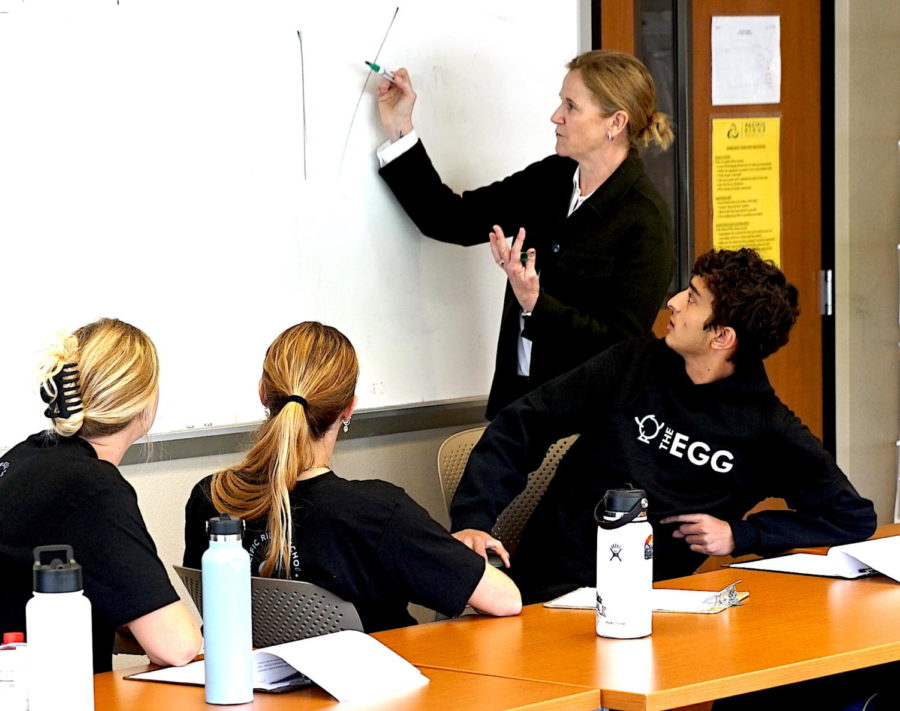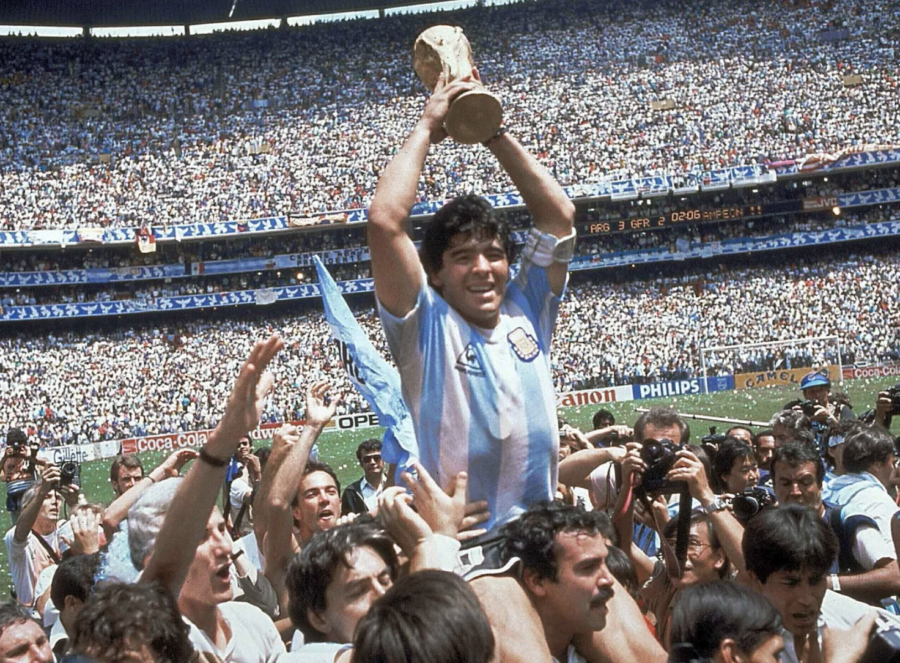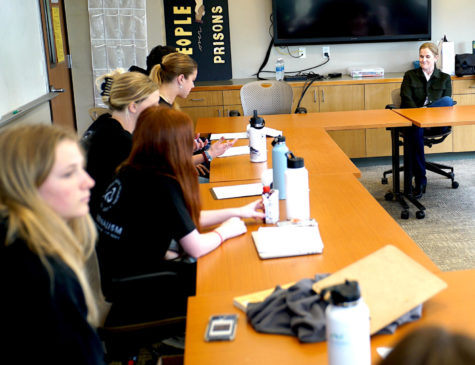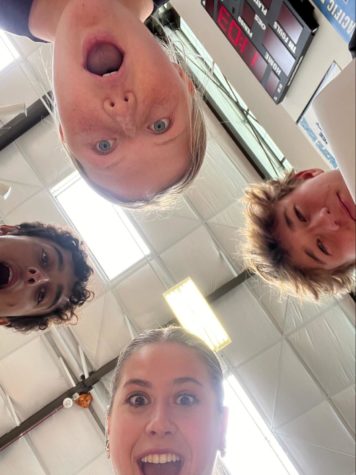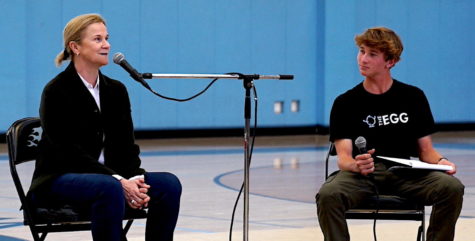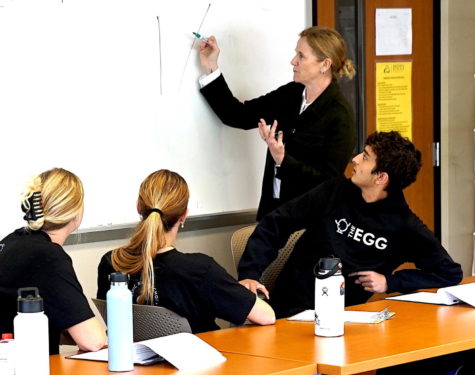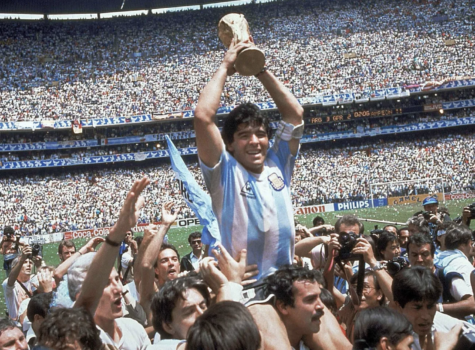Ethnic Studies for PRS? (POV Maganda)
In “The Story of My Story” series, PRS student journalists share the experiences they have, and the lessons they learn, while creating the stories they publish.
Nahua children performing a traditional dance in Puebla, Mexico.
During my time at Pacific Ridge, I have seen a rise in awareness regarding issues of diversity, equity and inclusion. When I first got here, the current director of DEI Ms. Woods invited me to join the affinity group Latinos Unidos. In that same year the co-leader of Latinos Unidos, alumni Martha Contreras, class of 2021, invited me to attend a Southern California People of Color Independent School (SoCalPOCIS) conference in Los Angeles.
The conference included keynote speakers and workshops that were being run by students from different independent schools. These workshops focused on the students and their experiences within their respective schools. Students spoke of feeling isolated or discriminated against at their schools, while others spoke of what they were doing to make their schools more inclusive.
Speaking with students who came both from and outside of Los Angeles, I began wondering what Pacific Ridge is doing. Ever since then there have been many different efforts put forward by students and teachers alike. There’s the Bias Report System and the Regional Student Diversity Summit that has now been held twicem, but whether or not they work can and should be discussed.
By writing this story I have realized that there are many efforts from affinity groups and faculty at PRS, but still a lot to be done. By interviewing other students of color here I found that they sometimes feel disconnected from their white peers, something which needs to be addressed. For example, students like me who do not know what to fill out when asked what race I am. I am not recognized as indigenous, nor am I recognized as white. I am someone whose identity feels erased.
I am Nahua, the descendant of the Aztec empire that ruled present day Mexico. I am a part of the biggest indigenous ethnicity in Mexico, yet I am invisible in the United States. I am not a part of a federally recognized tribe, as my family does not originate from any of the 50 states. The most I am allowed to say is that I’m “Hispanic,” an extremely broad term, or other broad terms like “Latino” or “Latinx.” Issues like these are of great importance to people like me, but are nearly always overlooked.
To read Erick Maganda’s original story about Ethnic Studies for California high schools, co-written with Vivian Zhang, click here.
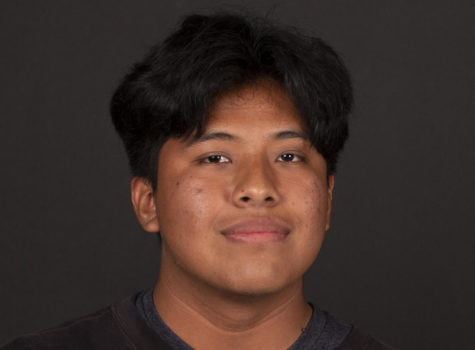
Erick Maganda Santiago is a junior at Pacific Ridge School and he is interested in photography, reading and languages. For The Egg he is a writer and photographer...

